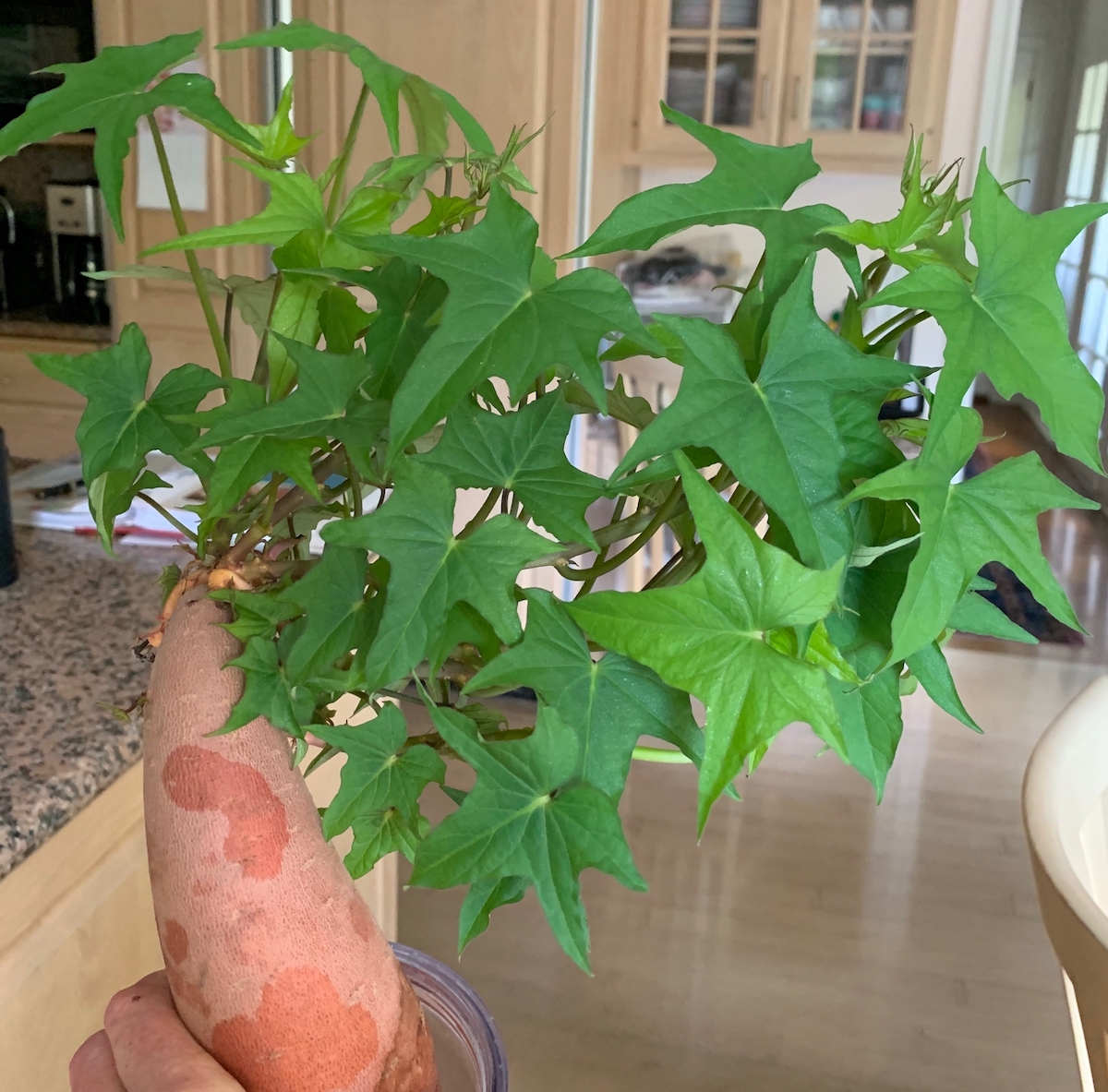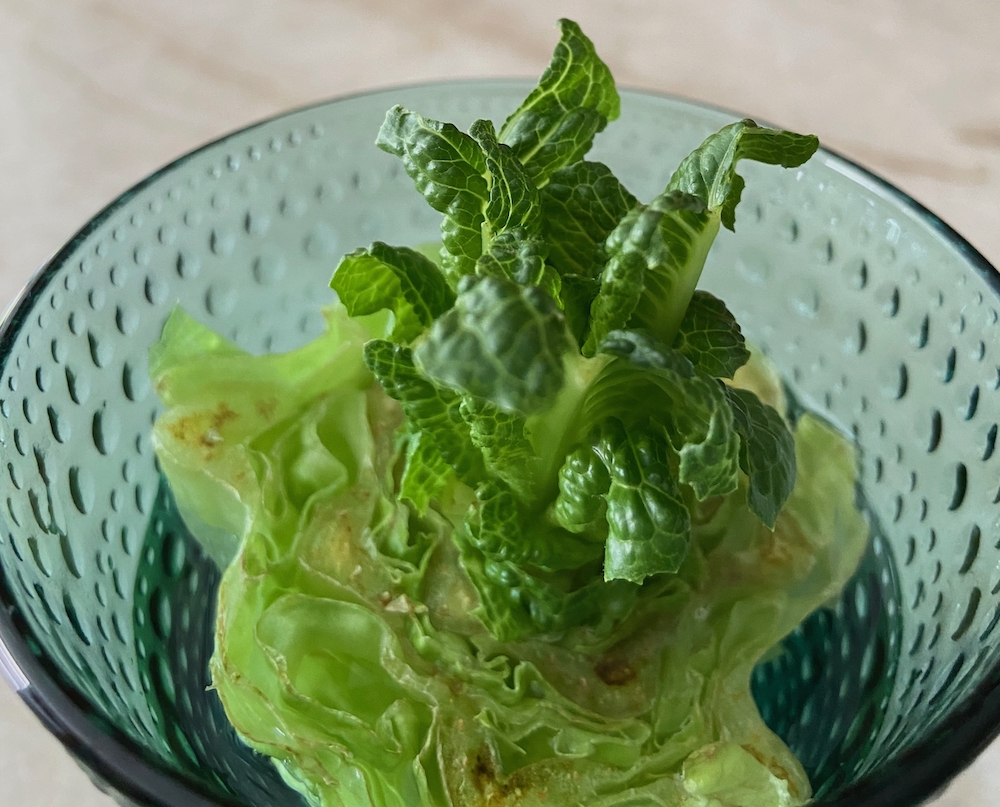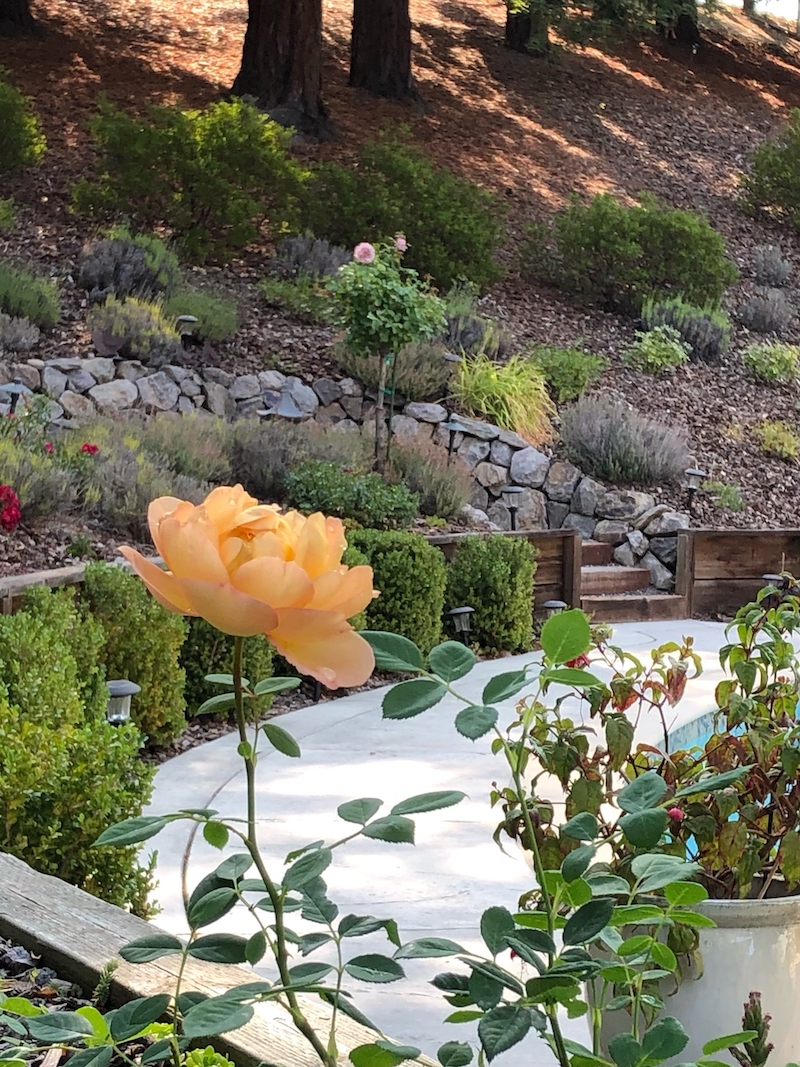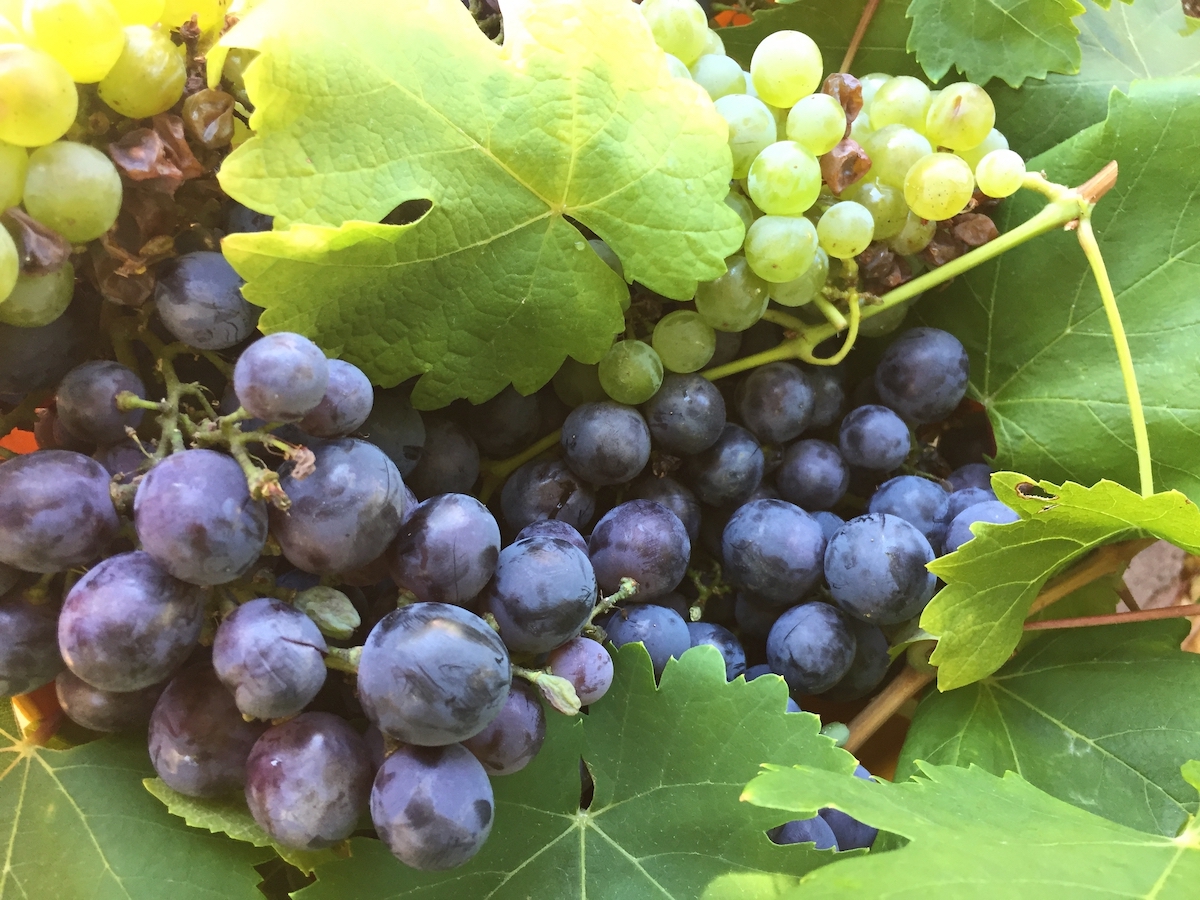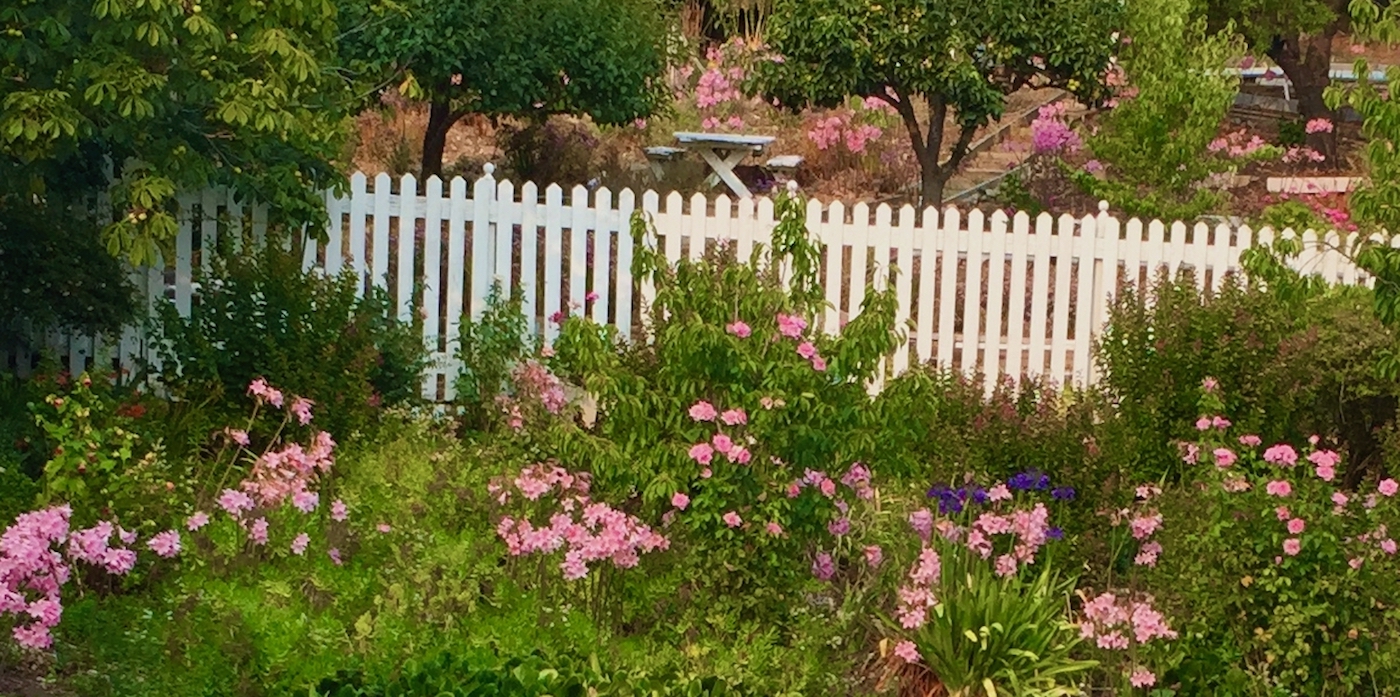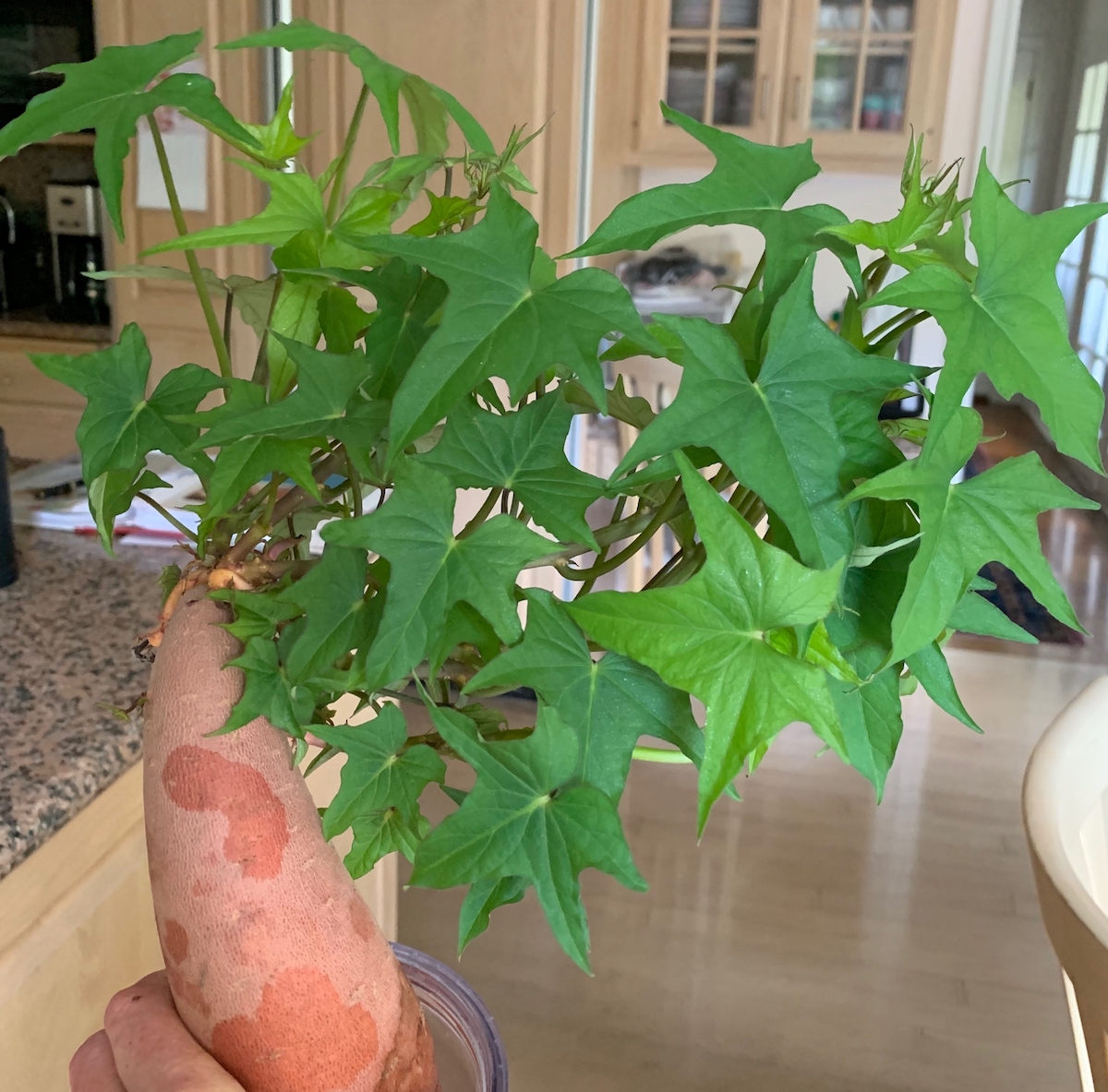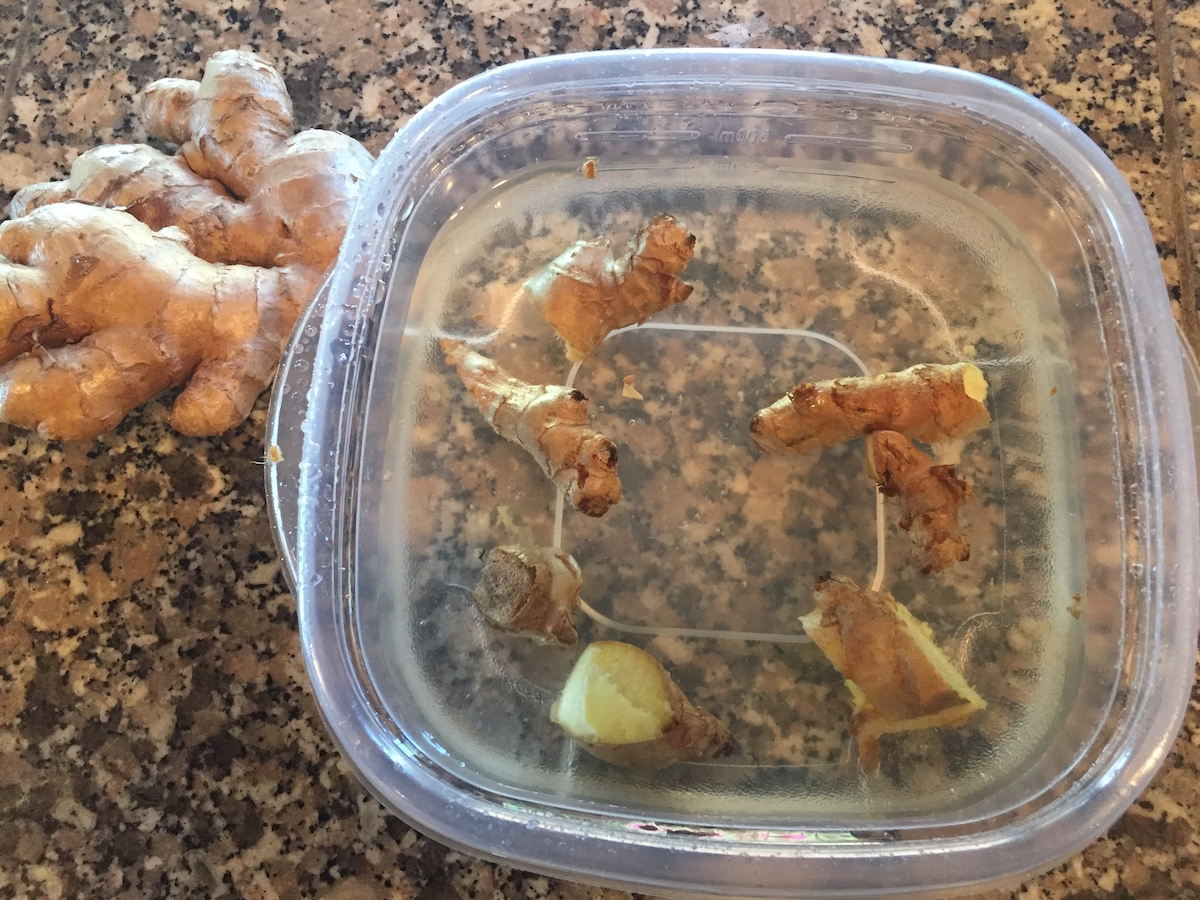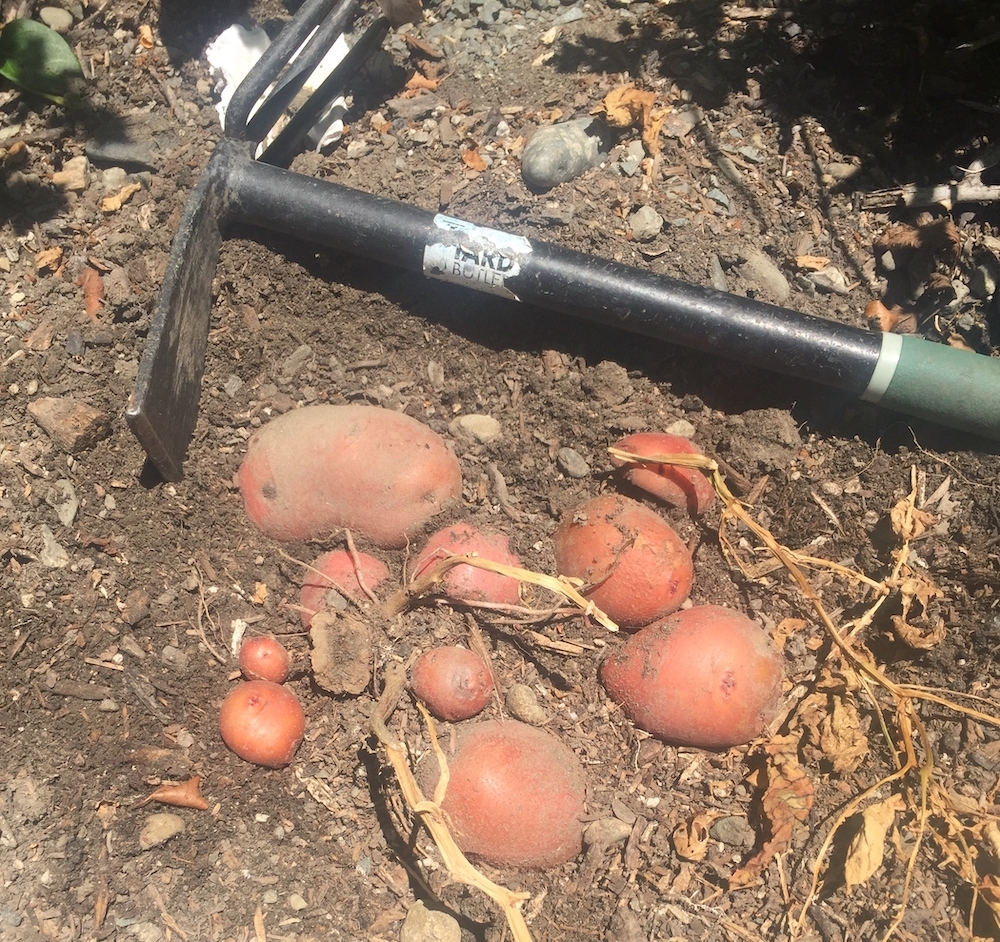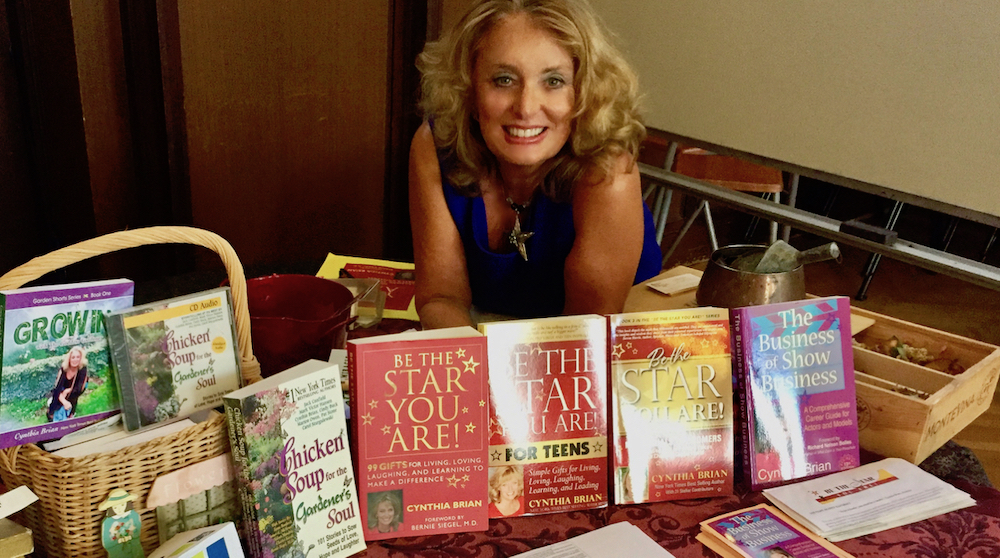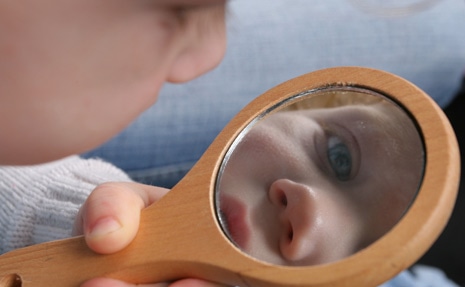*I recommend that all bachelors have a garden. It will give them the experience of being a parent.” Richard Goodman
One time when I was the celebrity garden guest on an HGTV program, the discussion turned to relationships and family. My advice was like Richard Goodman. I announced that relationships and parenting are like gardening. They require being present, constant nurturing, detailed attention, consistent efforts, and sometimes sacrifice. If you can grow a plant, you can grow a relationship.
We parent for a lifetime. A garden is forever evolving.
Autumn is the best time to plant. The temperature is usually a bit cooler, yet the soil is warm. Hopefully, a bit of rain will also provide precipitation. During this season, I encourage more people to become plant parents. The secret is to get going now before the first frost.
There are so many easy and inexpensive ways to get started. You can grow in containers, on windowsills, even in cardboard boxes. You can buy seeds, bulbs, seedlings, or full-grown plants. Or you can get plants for free by propagating them yourself, with a little help from your friends.
If you are a beginner, start small so that you don’t get discouraged. Since growing our own food is empowering and nutritious, perhaps start with containers of your favorite herbs or vegetables. Soil is the most important aspect of growing a successful garden. Great garden soil is full of organic matter and crumbles like cake in your hands. According to the Home Garden Seed Association, rich soil is the home of an array of organisms, bacteria, fungi, and insects. It drains efficiently, yet it still retains essential water for the plants. They offer these tips to determine if your soil is ready to accommodate plants.
1. Take a handful of your garden soil and squeeze it. It should hold its shape. Then drop it. It should crumble. This is optimum.
2. If it stays in a ball or falls apart the second you open your hand, you need to add compost to correct the poor drainage. The point is to assist your soil in retaining water and nutrients. Work about three inches of compost into your existing soil, then try the experiment again.
You can buy bags of garden soil, potting soil, and compost. If you are planting in a pot, make sure to purchase new potting soil which has the necessary nutrients to help your plants flourish.
If you are buying plants to boost your autumn curb appeal, simple-to-grow suggestions include pansies, ornamental kale, snapdragons, chrysanthemums, primulas, violas, and Iceland Poppies.
My favorite way of birthing new vegetation is through propagation. Many of the specimens in my garden have been slips, cuttings, seeds, divisions, roots, bulbs, or pinches from my mom’s, sibling’s, or friend’s gardens. A garden is to share and there is nothing more satisfying than growing floras derived from a beloved garden.
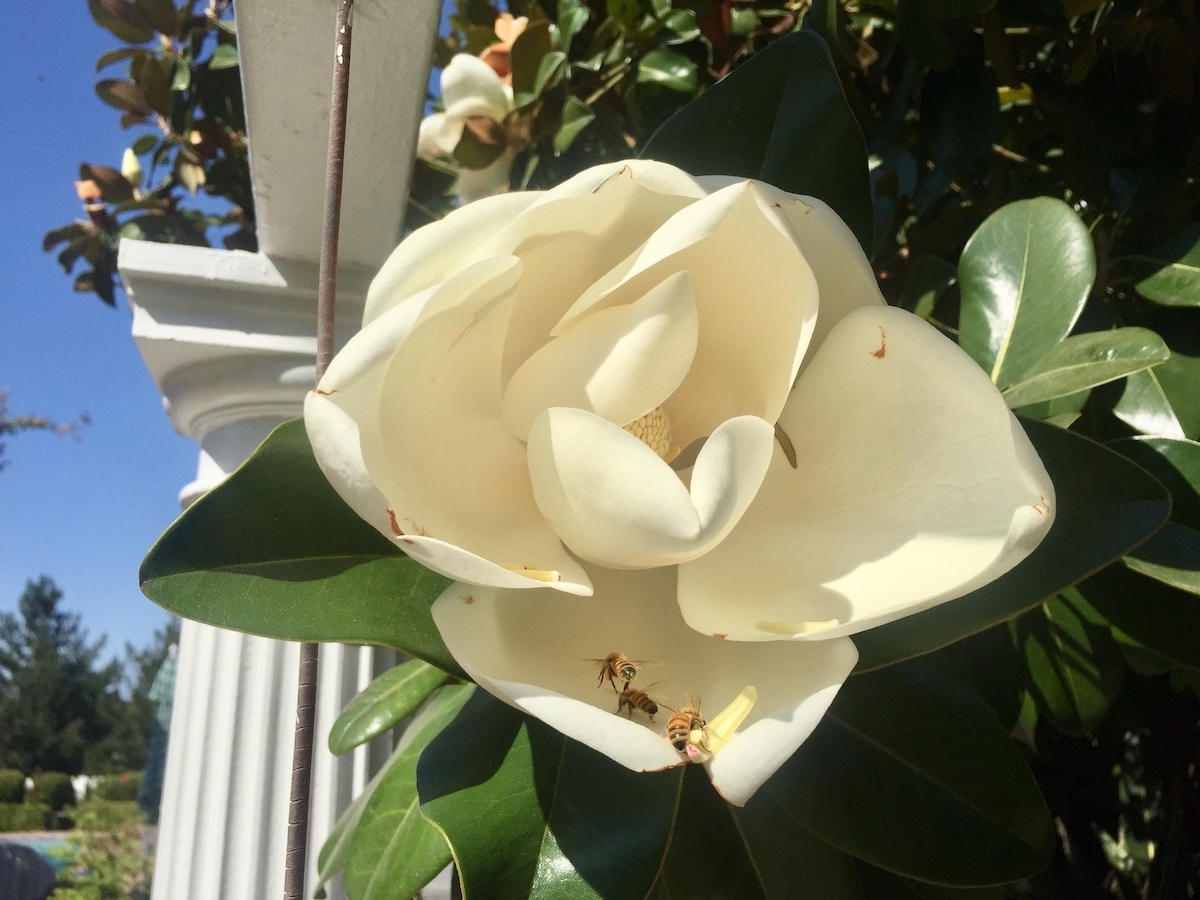 https://www.lamorindaweekly.com/archive/issue1516/Digging-Deep-with-Goddess-Gardener-Cynthia-Brian-Plant-parenthood.html
https://www.lamorindaweekly.com/archive/issue1516/Digging-Deep-with-Goddess-Gardener-Cynthia-Brian-Plant-parenthood.html
Here are ways to become a plant parent or grow your current plant family for little or no cost. In the botanical world, we call it sexual propagation or asexual propagation.
Sexual Propagation
Seeds:
Be a seed saver. Save seeds from your favorite flowers. Because of random pollination by a variety of insects, the baby may differ from the mother. My favorite seeds to save from my flowers are nigella, sunflower, hollyhock, cosmos, nasturtium, calendula, marigold, and lavender. I’m scattering the nasturtium this autumn and the rest will be sowed in the spring. In my potager, I collected the seeds of arugula, sugar snap peas, pole beans, and Swiss Chard. If you saved these vegetable seeds from your summer crops, sow them now. I have grown numerous trees from seeds (and pits) including magnolia, Asian Pear, apple, plum, peach, flowering cherry, Japanese maple, pistache, and loquat. When you gather the seeds, dry them on a screen and place them into a brown paper bag. Label with the date and store in a dark space until you are ready to sow.
Asexual Propagation
This is also called vegetative propagation because the vegetative parts of the plants are used: stems, leaves, roots, and organs.
Cuttings, pinches, and slips: Soon I’ll be pinching my geraniums and pelargoniums. After letting the cuttings harden off for a few days, they will be planted directly in the ground throughout my hillside in sunny areas. Every year in February, I hard prune my many rose bushes. I gave over a hundred cane cuttings to my neighbor and within three months, she had a glorious blooming rose garden. Pinch a small piece of a succulent and it will grow in a pot or the ground. My prolific grapevines are the result of cuttings from our Napa vineyards.
Dividing: Using a garden fork, divide daylilies, Bearded irises, Bergenia, peonies, astilbe, bleeding hearts, Oriental lilies, Naked ladies, and other perennials that are getting too crowded. Rhizomes that are divided such as Bergenia and Bearded iris, can be cut into smaller pieces and planted. Many bulbs multiply including Naked Ladies and daffodils. By digging up a few, you can greatly increase the blooms in your landscape. I started with one Naked Lady (Amaryllis Belladonna) bulb and now boast a blanketed slope of hundreds.
Rooting: Kids love rooting in water in a jar and putting the jars on a windowsill. Sweet potatoes, green onions, ginger, avocadoes, and lettuces can be sprouted in this manner. The ones you buy in the vegetable aisle can be used, although they may not produce as abundantly as ones from a garden center.
My preferred method of growing potatoes and sweet potatoes is to cut chunks with an eye or two, let them harden for a couple of days, then plant in a cardboard box placed in my potager with compost-rich soil. By planting them in the box, I always know where to harvest. The cardboard box decomposes adding to the mulch. Layering cardboard in your raised bed before adding the soil is also an environmentally friendly system to suffocate weeds. Ginger can be grown similarly, however, let the sliced pieces of ginger soak in water for twenty-four hours after cutting and before planting.
Grafting, budding, and layering are other ways to propagate plants but if you want exact clones, investigate tissue culture techniques. Whatever way you decide to be a plant parent, you will be rewarded. If something doesn’t work, don’t worry. Failure is fertilizer. Put the mistakes on your compost pile and grow a new garden.
Photos and more: https://www.lamorindaweekly.com/archive/issue1516/Digging-Deep-with-Goddess-Gardener-Cynthia-Brian-Plant-parenthood.html
Happy parenting. Happy gardening. Happy growing!
Cynthia Brian, The Goddess Gardener, is available for hire to help you prepare for your spring garden. Raised in the vineyards of Napa County, Cynthia is a New York Times best-selling author, actor, radio personality, speaker, media and writing coach as well as the Founder and Executive Director of Be the Star You Are!® 501 c3. Tune into Cynthia’s StarStyle® Radio Broadcast at www.StarStyleRadio.com.
Buy copies of her books, including, Chicken Soup for the Gardener’s Soul, Growing with the Goddess Gardener, and Be the Star You Are! www.cynthiabrian.com/online-store. Receive a FREE inspirational music DVD and special savings.
Hire Cynthia for writing projects, garden consults, and inspirational lectures.
Cynthia@GoddessGardener.com


